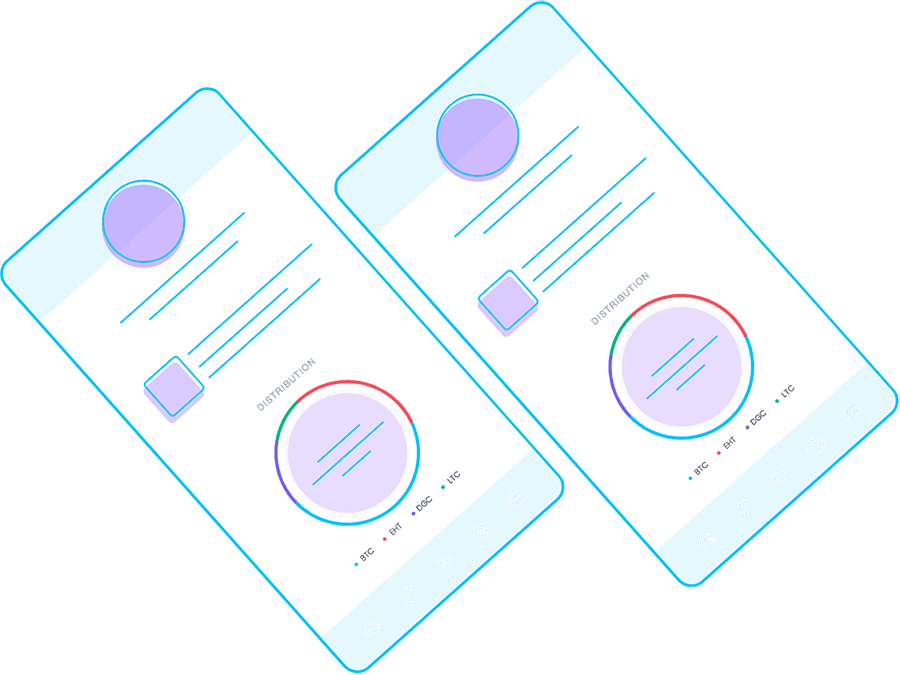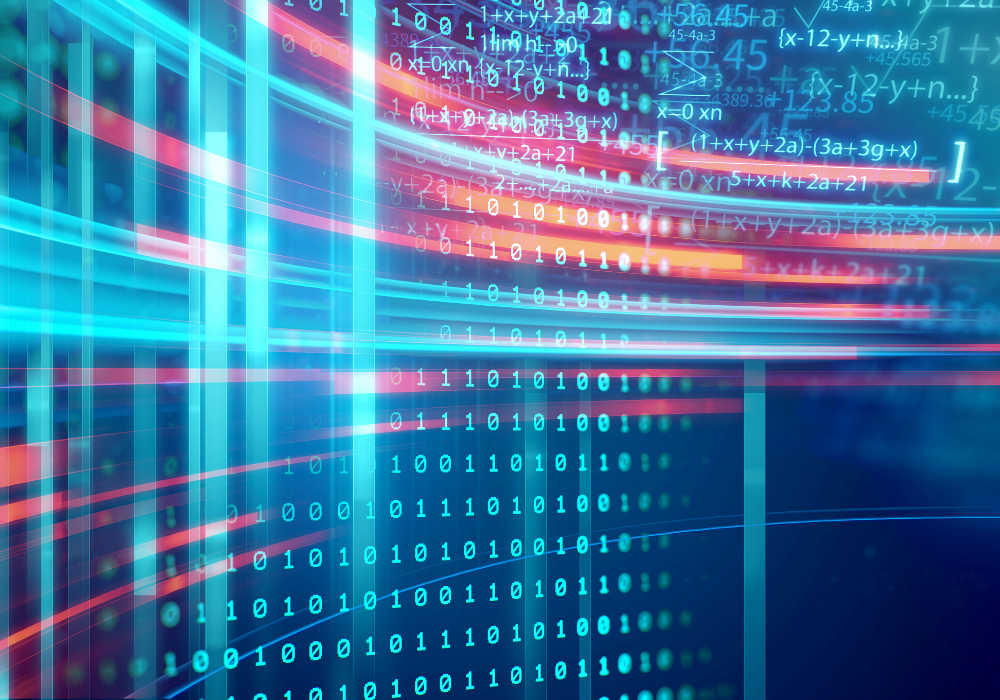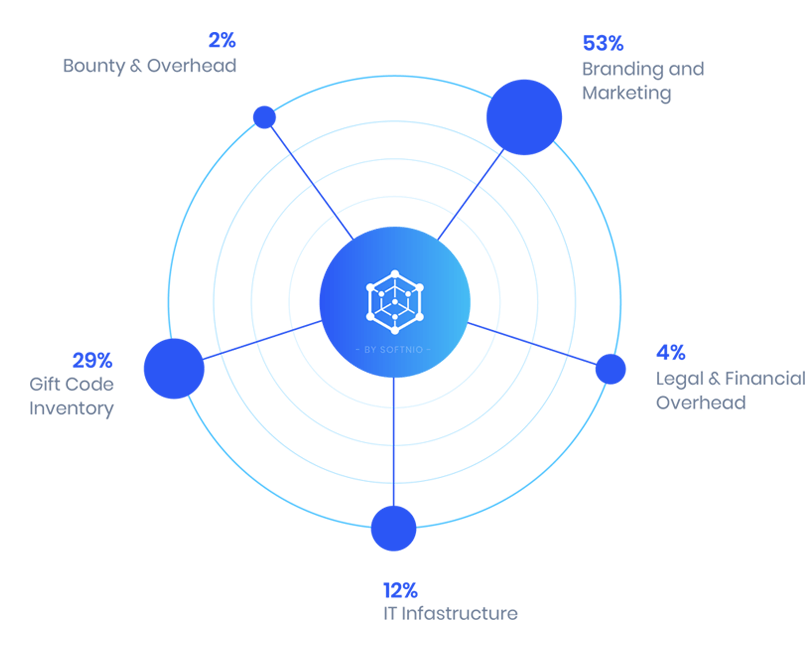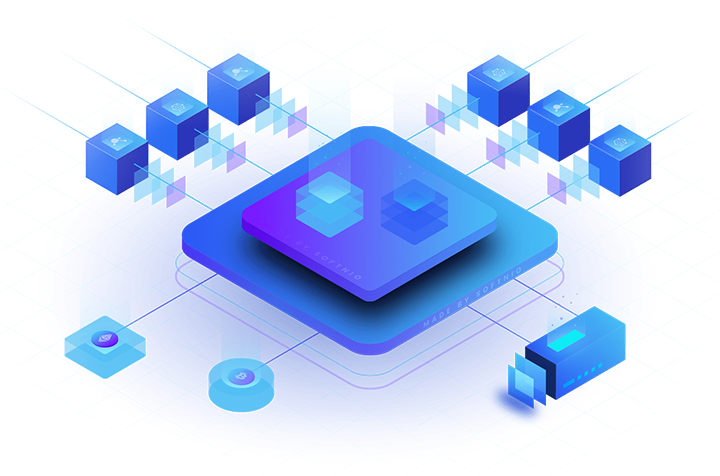What is MaxSeven? M7
Is an innovative solution designed to perform market analysis and financial operations with unparalleled profitability.

Our software replaces years of work by traditional teams of analysts in just a few minutes, delivering results efficiently and quickly.
We believe that our technology represents the future of market analysis and we are happy to say that this future is now our present.
Check out some more features of MaxSeven:
- Algorithms capable of performing calculations accurately
- Agility and intelligence in decision making
- Decisions without interference from the emotional factor.
- Decisions without interference from external factors such as news

Strategies 100% based on mathematical calculations.
Our software analyzes assets in real time, identifying ideal trading opportunities among thousands of strategies generated by the system itself.
These strategies are based on mathematical patterns formulated through an in-depth analysis of the market variations of each asset.
All data generated by the system is securely stored on our servers, where algorithms work 24 hours a day performing billions of calculations per minute.

Benefits of implementations
By using the software, we remove any type of human intervention in decision-making in financial operations, eliminating the influence of the emotional factor and external factors, such as economic and political news.
All analysis formats that have been market standards for decades, such as fundamental analysis and technical analysis, have been replaced by algorithms capable of performing more accurate readings in our operations model, eliminating all points of failure and transforming the financial market into a safer place.

Competition
MAXSEVEN is the only software known to our team worldwide that does this work, which makes us pioneers in this new technology for analysis and market applications.
Conclusion and Future
MaxSeven is more than a tool, it is a revolution in the world of financial markets. As we move forward, the platform will continue to evolve, bringing new updates for better profitability performance.
Frequently asked questions FAQS
Below we’ve provided a frequently asked questions. If you have any other questions, please get in touch using the contact form below.
Trading algorithms use mathematical models to analyze market data, identify patterns, and execute trades automatically. These models can be based on statistical analysis, machine learning, or quantitative finance techniques, such as mean reversion, momentum strategies, and arbitrage.
Machine learning helps trading algorithms improve by identifying complex patterns and making predictions based on historical data. Techniques like regression, neural networks, and reinforcement learning are used to optimize trading strategies and adapt to changing market conditions.
The Kelly Criterion is a mathematical formula used to determine the optimal bet size in trading and investing. It maximizes long-term growth by calculating the fraction of capital to risk on each trade: f^* = \frac{p - q}{b} where p is the probability of a win, q = 1 - p, and b is the odds received on the trade.
Market-making algorithms provide liquidity by continuously placing buy and sell orders at slightly different prices, profiting from the bid-ask spread. They use mathematical models to adjust order sizes and prices based on volatility, order flow, and market conditions.
Quantitative arbitrage (or “quant arb”) is a trading strategy that exploits small price discrepancies between related securities. It often involves high-frequency trading and statistical arbitrage, using mathematical models to detect mispricings and execute trades rapidly before the market corrects.
Contact us CONTACT
Any question? Reach out to us and we’ll get back to you shortly.
- email contact@maxsevenm7.com
